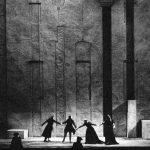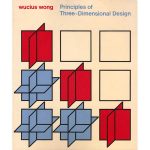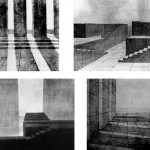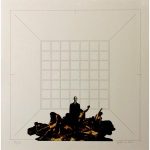Joseph Furttenbach (1591 – 1667) was a German architect, engineer and architecture theorist who lived in Italy from 1610 to 1620. During his stay there, he completed an apprenticeship as a merchant and grew an interest in military architecture and in theatre and stage design.
At the time, Italy was a laboratory for the development of early modern European theatre with a growing interest in optical devices, experimentation in new stage devices and technological inventions applied to theatrical architecture.

In an attempt to preserve the knowledge developed all over the years, Furttenbach started producing detailed descriptions of parades, performances and festivals. In 1640 he wrote one of his treatises on architecture and engineering, the Architectura Recreationis, in which he documented, through texts and engravings, stage and light design, and the machines developed in Italy to create wonder. Afterwards, he moved back to Germany where he became an acclaimed architect and engineer and later the city architect of Ulm.

Furttenbach employed the knowledge acquired in his Italian years to develop his own theatre designs. One of his most famous, in 1650, was the setting for a play on the triumph of Christianity on the Roman Empire. The design was based on the famous Nero’s octagonal banquet hall which would imitate the movement of the Earth while allowing the emperor to see all the guests from his central position. Four scenes were added on the four cardinal points. Each scene was a rich example of scenographic techniques with different periaktoi. The set itself could be enlighted in multiple ways. This project is considered as a prototype for later theatres featuring peripheral scenes.



Further reading:
Jan Lazardzig and Hole Rößler (Edited by), Technologies of Theatre, Joseph Furttenbach and the Transfer of Mechanical Knowledge in Early Modern Theatre Cultures, Zeitsprunge, 2016
Yannick Rocher, Théâtres en utopie, Actes sud, 2014





thank you